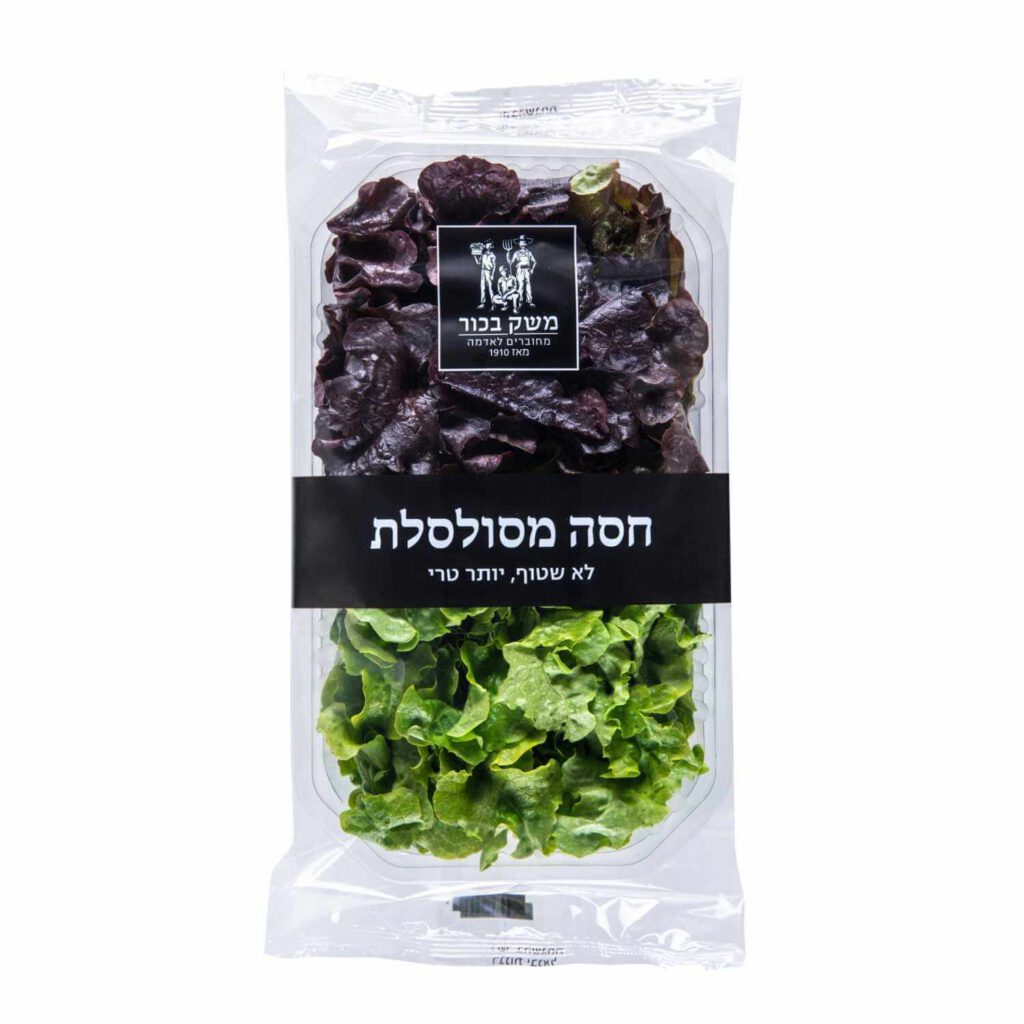
-
- Our Greens
- Recipes
- Articles WooCommerce not Found
- Newsletter
| Calories (energy) 315 | Vitamin b1 (mcg) 0.336 |
| Protein (grams) 10.63 | Vitamin b3 niacin (mcg) 5.72 |
| Carbohydrate (grams) 60.73 | Vitamin b6 2.69 |
| Sugars(grams)1.71 | Folic-Vitamin B9 (mcg) 274 |
| fat (grams) 12.75 | Vitamin C (mg) 32.4 |
| Saturated fat(grams)7.03 | Vitamin E (mcg) 7.48 |
| Cholesterol (mg) 0 | Vitamin K (mcg) 1714.5 |
| Sodium (ml) 11 | Calcium (mg) 1652 |
| Dietary fiber (grams) 40.3 | Iron (mg) 28.12 |
| Water (grams) 7.95 | Magnesium (mg) 428 |
| Vitamin A (mcg) 295 | Phosphorus (mg) 91 |
| Total Vitamin B (mg) 9.774 | Zinc (mg) 4.7 |
| Vitamin b1 (mcg) 0.754 | Potassium (mg) 1070 |
More Greens